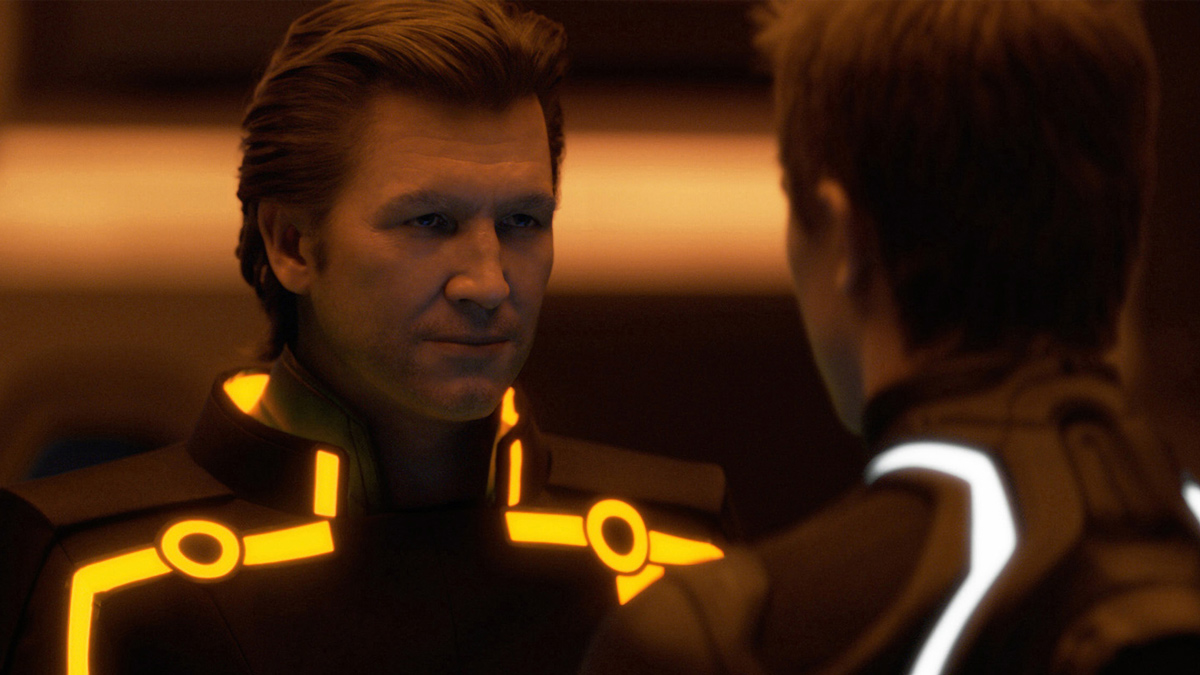
(c) Photofest / Getty Images
"TRON: Legacy" Joseph Kosinski's directorial debut, with a focus on CG, design, and new technology Part 1 *Note! Contains spoilers.
2022.07.25
Possibilities of AI technology
This kind of face processing technology is becoming more and more popular with AI deepfakes. For example, Synthesia, a company set up in 2017 by a team of researchers and entrepreneurs from UCL, Stanford, TUM and Cambridge, to commercialize deepfakes, captures footage of real people and then converts them into synthetic voices. We provide a service that creates new videos by matching facial movements. For example, in a public service announcement titled "David Beckham speaks nine languages to launch Malaria Must Die Voice Petition" (19), David Beckham speaks in nine languages, including Hindi, Arabic, and Kinyarwanda, about the need to fight malaria. ing.
"David Beckham speaks nine languages to launch Malaria Must Die Voice Petition"
`` Welcome to Chechnya: The Gay Purge' ' (20) depicts the reality of the Russian-controlled Chechen Republic, where being LGBTQ is considered a crime and openly persecuted, detained, tortured and other abuses. It was a documentary work. In order to ensure the safety of the victims and evacuees who appear in this film, the faces of the volunteers are replaced with those of American LGBTQ activists using deepfake technology . Atomic Arts, an Indian VFX production company , was in charge of this work.
In addition, TrueSync , a service by Flawless, which was founded in 2021 by film director Scott Mann and applies technology from the Max Planck Institute in Germany, is a service that uses technology from the Max Planck Institute in Germany to automatically convert videos dubbed into another language into lip movements that match the dialogue. It is a correction to the facial expression.
Also, the previously mentioned Princess Leia in Rogue One , which was poorly made by ILM, was remade using a deepfake by a YouTuber named Shamook. This video was created using a tool called DeepFaceLab, running an $800 PC 24 hours a day. As a result, deepfake videos created by amateurs were superior to those produced by major VFX production companies in terms of both reality and cost. This was thought to be a problem since it was done without Lucasfilm's permission, but instead ILM became interested and ended up scouting Shamook.
Shamook “Princess Leia Fixed using Deepfakes”
The application of deep fakes to video is also being attempted in Japan. In the drama `` Keirei no Kuni '' (21), which was broadcast on NHK General ``Yorudora'', all the men were Goro Inagaki and the women were ``trend faces'' of Rosa Kato. This was machine learned by NHK Art's VFX staff using DeepFaceLab.
On the other hand, director Kosinski, who made ``TRON: Legacy,'' is now trying to reproduce AI voice in `` Top Gun: Maverick '' (22). This movie features the reappearance of Val Kilmer, who played the main character's rival ``Iceman'' in the previous film, but he was diagnosed with laryngeal cancer in 2014 and has lost his vocal ability. Therefore, director Kosinski requested the cooperation of Sonantic, which provides an artificial voice service using AI, to reproduce Kilmer's lines. By the way, Sonantic is a company founded in London in 2018 with the purpose of providing realistic artificial voices for the entertainment industry.
In this way, Coach Kosinski can be said to be a very proactive director when it comes to introducing new technology. The path he paved will continue to create many followers. If computers are to be involved in the appearance and voice of actors, it is inevitable that some people will be against them. However, just as fewer people are opposed to electronic sounds such as synthesizers, it seems that they will eventually become more commonplace.
Part 2Continued to
Reference materials:
https://www.sonantic.io/blog/helping-actor-val-kilmer-reclaim-his-voice
Text: Takayuki Oguchi
In 1982, he became the director of Japan's first CG production, JCGL. After working as the head designer for the IMAX Dome 3D video "Universe 2 ~Sound of the Sun~" at the Fujitsu Pavilion at EXPO'90, he became a freelance video creator. Won an Emmy Award for the NHK special ``Life: A 4 Billion Year Distant Journey'' (1994). He is also a video journalist specializing in VFX, CG, 3D movies, art animation, exhibition videos, etc., and has contributed numerous articles to film magazines, theater pamphlets, the web, etc. In addition to being a visiting professor at Digital Hollywood University, he is also a part-time lecturer at Waseda University's Faculty of Science and Technology, Joshibi University of Art and Design, Tokyo University of the Arts Graduate School of Animation, and Japan Electronics College.
(c) Photofest / Getty Images

